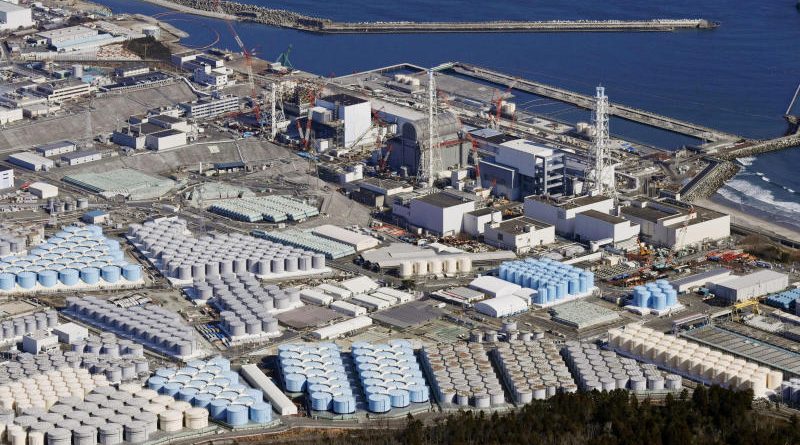Fukushima plant releasing more treated radioactive water
PUBLISHED : 28 Feb 2024 at 11:32

TOKYO – The operator of the crippled Fukushima Daiichi nuclear power plant on Wednesday started a fourth release of treated radioactive water into the sea, in what will be the last discharge for the fiscal year ending March.
As in the previous rounds, Tokyo Electric Power Company Holdings Inc. will discharge 7,800 tons of treated water over about 17 days, having confirmed that the radioactivity level of the latest batch of water meets the standards set by the government and the utility.
China, which opposes the water release, has banned Japanese seafood imports since the first discharge in late August. The two countries have engaged in informal discussions to resolve the matter, but no substantial progress has been made.
No abnormal tritium levels have been detected in nearby waters from the previous three discharges, according to TEPCO.
From this round on, the operator will omit the step of temporarily storing the treated water in a large tank to check the tritium level before release and will instead check the level as the water flows through pipes. The company and the Japanese government maintain that releasing the water is crucial to decommissioning the nuclear plant, which suffered core meltdowns following a massive earthquake and tsunami in 2011.
With contaminated water continuing to accumulate in the process of cooling melted fuel, TEPCO decided to release 31,200 tons of treated water in four rounds this fiscal year, with the first round having started Aug. 24. The water release is expected to last for about 30 years.
The water has been kept in tanks installed at the site after going through a liquid processing system that removes most radionuclides except tritium, but they have been nearing capacity. The processed water has been diluted with seawater to one-40th of the concentration permitted under Japanese safety standards before being released via an underwater tunnel 1 kilometre off the power plant.
Nuclear power plants worldwide routinely release treated water containing low concentrations of tritium, considered less harmful than other radioactive materials, and other radionuclides into the environment as part of normal operations, according to the International Atomic Energy Agency.
Source – Bangkok News




